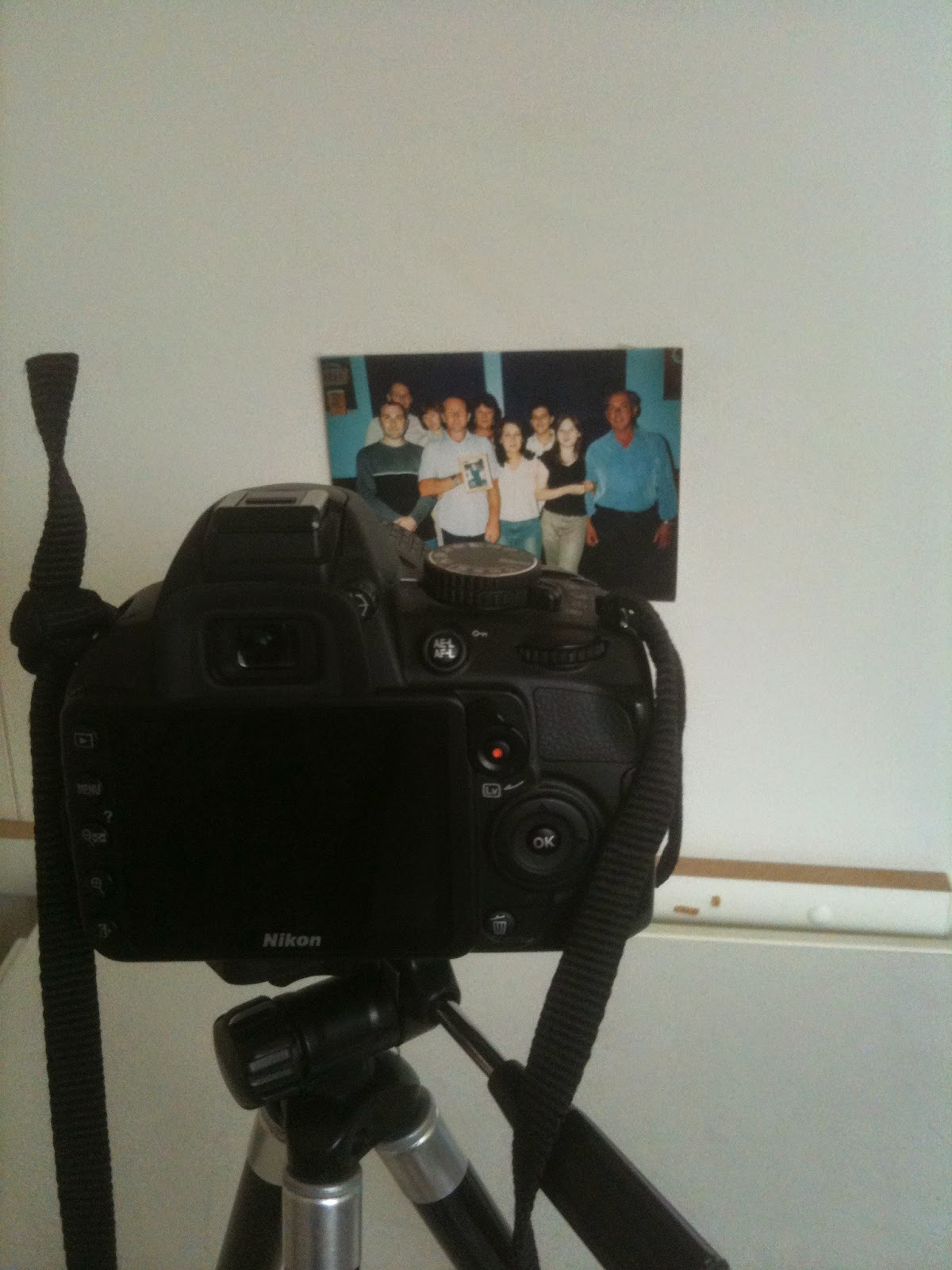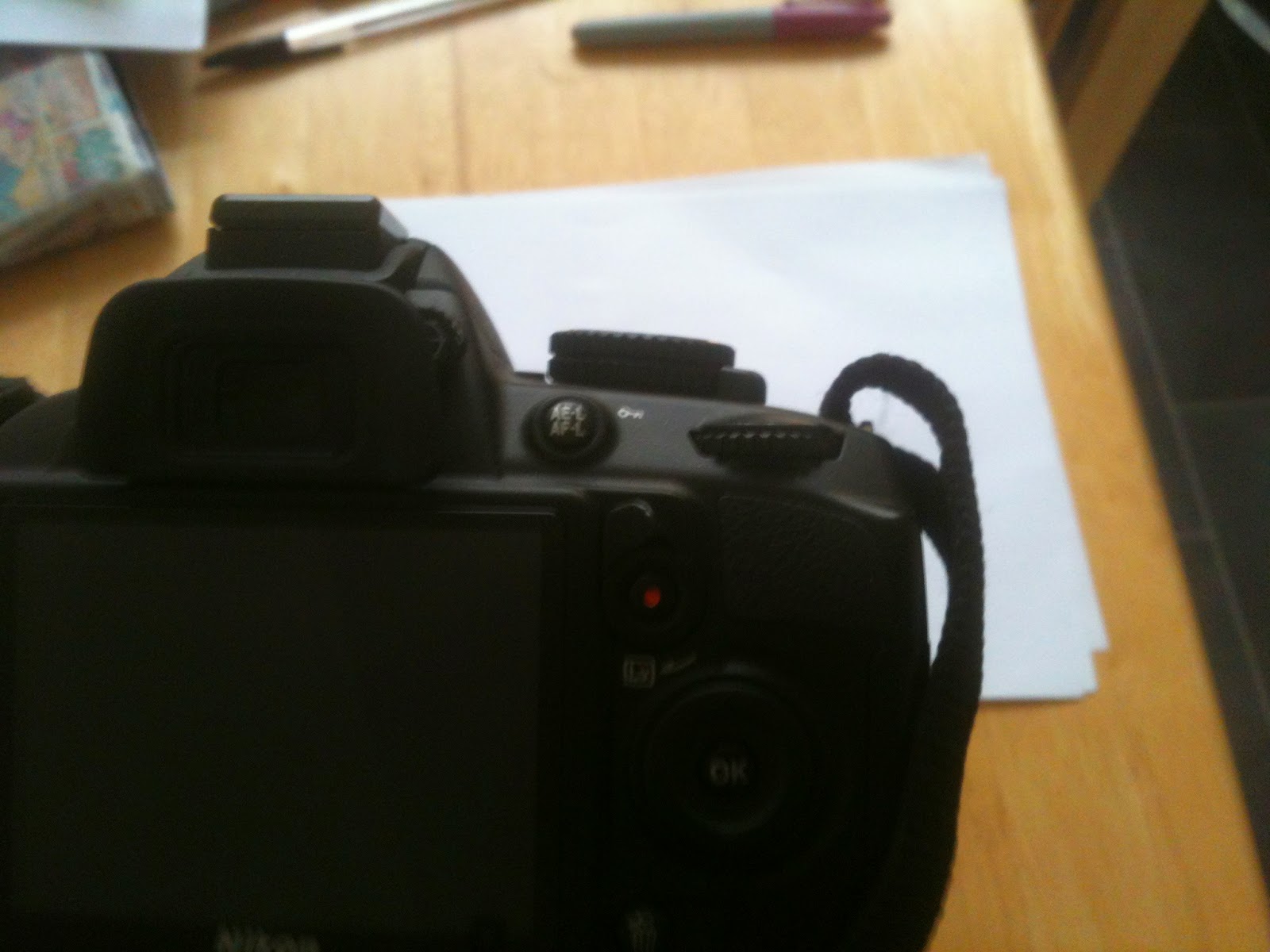The final video has become quite a personal memory to my dad.
Advanced Photographic Practice
Wednesday, 5 November 2014
Monday, 3 November 2014
editing video
With the editing for the short video I wanted it to be simple so that people would only pay attention to what was in the video, not the effects or the colours.
I placed all the clips in the bottom sequence window. I made sure that the clips of my dad talking about the photograph and the memories that comes with the photo were just the audio as I want the description and memories to be herd over me drawing what I remember from the photography.
As I had my dad talking about the photograph I wanted to include the short clip I did on the photograph its self but I did not know if it should have been placed at the beginning or at the end, if I had it at the beginning I think it would have shown that the photograph has been remembered were as if I placed it at the end it would show that it is something that will be remembered.
After I placed all the clips in the places that I thought would work best I decided that I did not want any colour to distract people from what they are seeing so changed all the clips to black and white except the clip of the photograph because I wanted show that that is how it will be remembered in full colour.
I didn't just want to clips to change from a back and white clip of the drawing to a photograph in colour so I had it fade from one clip to the other and then fade out from the photograph to blackness while my dad said the last part that I thought deserved to be blank.
Friday, 31 October 2014
Susan Sintag - On Photgraphy
I was recommended this book by my tutor and so I thought I would briefly read through it.

Susan Sontag's groundbreaking critique of photography asks forceful questions about the moral and aesthetic issues surrounding this art form. Photographs are everywhere, and the 'insatiability of the photographing eye' has profoundly altered our relationship with the world. Photographs have the power to shock, idealize or seduce, they create a sense of nostalgia and act as a memorial, and they can be used as evidence against us or to identify us. In these six incisive essays, Sontag examines the ways in which we use these omnipresent images to manufacture a sense of reality and authority in our lives
I have briefly read though the book, it is an interesting read and gives you more of an insight to photography not the technical side. I only found one quote that I think links to my work for this assignment.
"photography may be more memorable than moving images because they are a neat slice of time. not a flow"
A neat slice in time that can hold the most memories and emotions. people can remember those time with a photograph but with moving images you are just watch a video.
camera Lucida: reflections on photography
Grieving for his mother, Roland Barthes looked for her in old photos – and wrote a curious, moving book that became one of the most influential studies of photography

"the Photograph mechanically repeats what could never be repeated existentially" Page 4
In other words, the photograph is never distinguished from its referent—that which it represents; it simply is what it is (illustrated by the fact that one says ‘this is me’ when showing someone a photographic image of oneself, opposed to ‘this is a picture of me.’) When we look at a photograph, it is not the actual photo that we see, for the photograph itself is rendered invisible.
when I read the quote I think about how a photograph can be looked at and repeated through word and mouth but the memories and emotions that the photograph shows can not be repeated.
Wednesday, 29 October 2014
filming
What I wanted to do for the short clip is to show that a person can remember what a photograph represent and why it was taken. I also wanted to look at how some one can also forget what is in a photograph but can remembers the emotions and also why the photograph was taken.

At first I shot the photograph that shows some of my family the photo is important to me and my dad because its of a time when they were missing my uncle who had passed away. In the photo you can see a small photograph which is a portrait of my uncle. I wanted to show the photograph first before the rest of the clip but thinking about it i could us it last to show what has been forgotten.
I also filmed myself drawing the photo from what I remember. after drawing the photograph from memory I realized that I had not included the photograph of my uncle who is the reason why this photograph was taken.
At the end of filming I realized that the video will seem quite personal with my dad remembering a day that pretty much devastated the whole family. Hearing my dad talk about the day that the photograph was taken and then the day my uncle passed away it does feel very personal and realizing that I did not include the portrait of my uncle made me feel sad and angry at my self for forgetting him.
At the end of filming I realized that the video will seem quite personal with my dad remembering a day that pretty much devastated the whole family. Hearing my dad talk about the day that the photograph was taken and then the day my uncle passed away it does feel very personal and realizing that I did not include the portrait of my uncle made me feel sad and angry at my self for forgetting him.
Thursday, 23 October 2014
Final Idea
These are some ideas for the short clip that I will be dong based on memory loss. What I want to show in the video is photos disappearing or slowly fading away to show a person loosing their memory. I would like to have the audio linked with the memory loss this could be a person talking about what they remember about some of the photos.
I would like to fade from photo to photo to show that the person is loosing that memory it would be better if I could only make part of the photo's fade to show partial memory loss.
A brief sketch for the idea the video might not be like this but it is a start. I will be expanding the ideas as I film.
Stan Strembicki - Memory Loss
Memory Loss, A Post Katrina Photo Album
Hurricane Katrina was the largest and third strongest storm ever to hit the United States. The official final death toll was at 1,836 victims, and millions were left homeless or affected in one way or another by the damage caused by the hurricane. Strembicki went back to what was left of New Orleans a month after being hit by Katrina


For his series Memory Loss, Strembicki found and photographed half-burnt and disfigured pictures of weddings, communions, family portraits, or simple scenes of daily life. As if death and destruction weren’t enough, Katrina had tried to erase memories as well.


http://faculty.samfox.wustl.edu/strembicki/PostKatrinaNOLA4.html
When I was looking for photos related to memory loss I found Stan Strembricki who found photos left behind by hurricane Katrina and put together this amazing album showing photos that were important memories to people which are now ruined and missing parts. Which I think can be linked to people loosing their memory.
Subscribe to:
Comments (Atom)











